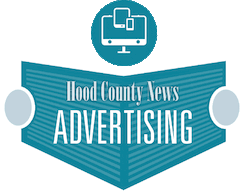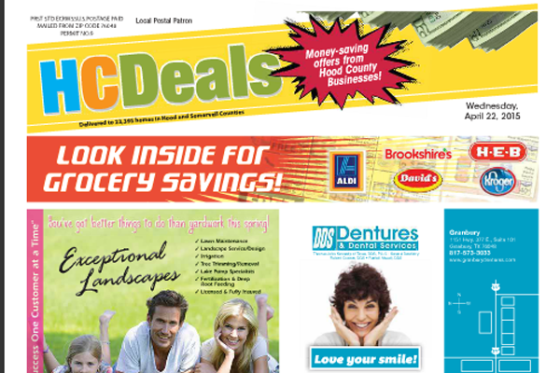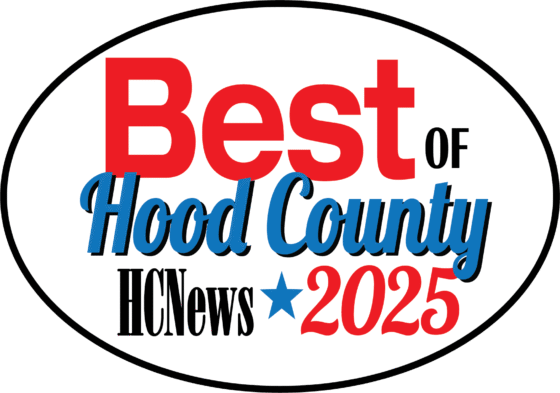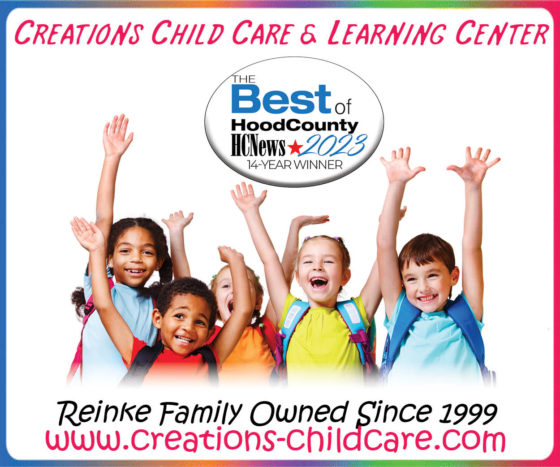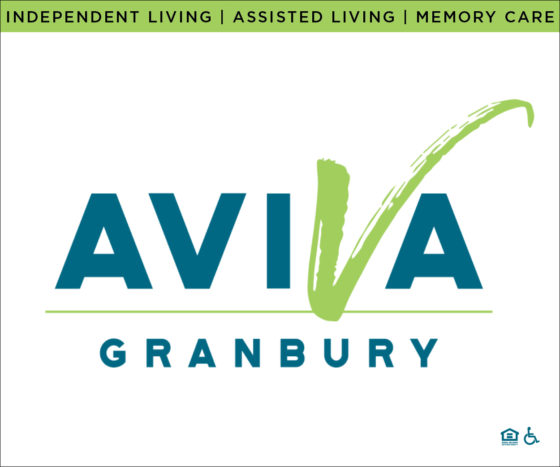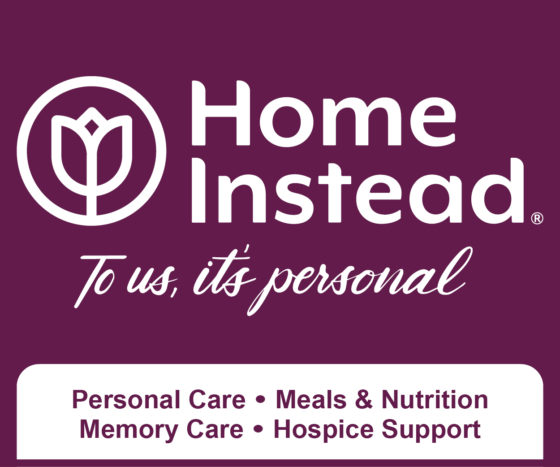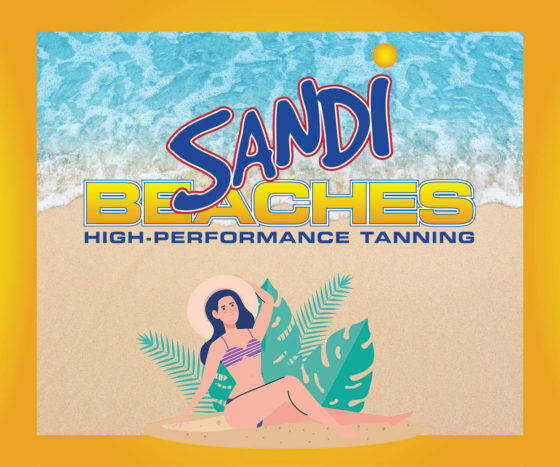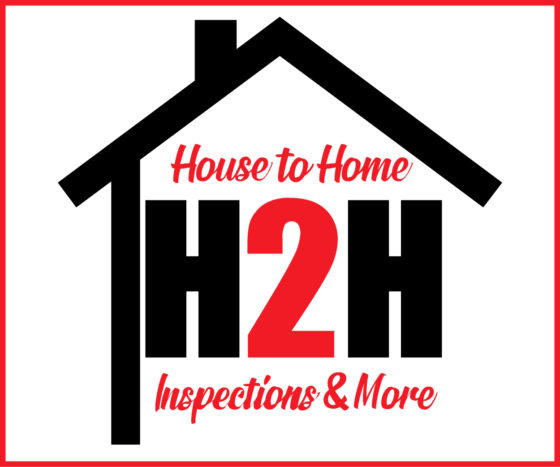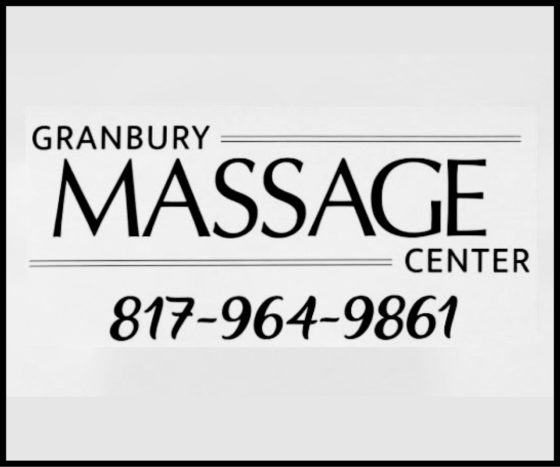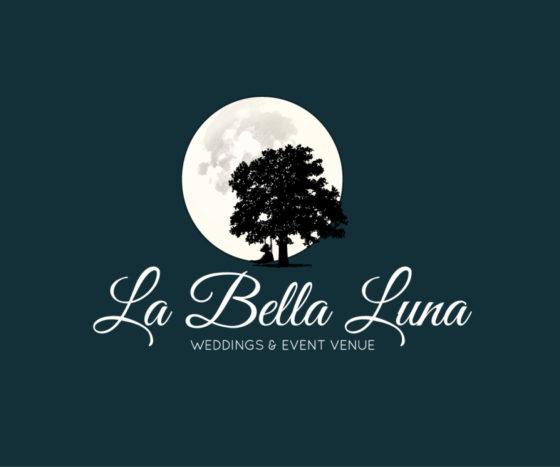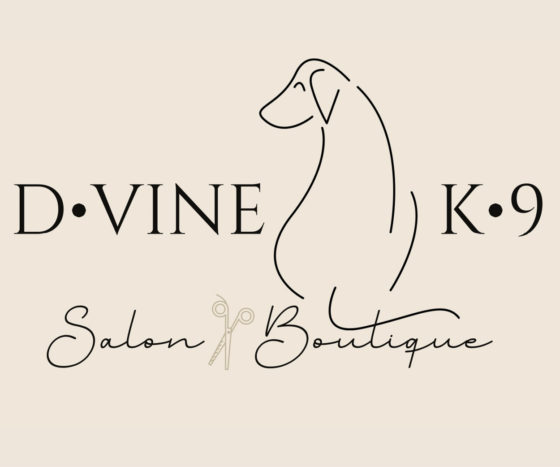1. You’re Open. You still turn your lights on. Why not invite people in? If you are open for business at all, you must market that business.
2. Opportunity. When the pie gets smaller you can still get a larger slice. Advertising during tough times increases your odds of being the vendor of choice and seizing share from your competitors.
3. Reliability. When your business gets softer, increase your core media. Media mix is a desirable goal except during tough times when you need to rely more heavily on your base medium; newspaper.
4. Proven Results. Newspapers get proven results. During tough times, your advertising needs to be focused on ROI and not other nice options. Newspaper advertising is a proven ROI vehicle.
5. Fish Where the Fish Are. Newspapers offer the best local reach and that means that newspapers are the first place to look for consumers for your services.
6. Tough Customers. Consumers research purchases more during tough times. Be among the considered choices. The newspaper is the marketplace for shoppers and if you aren’t there, you may not be considered as a choice for those who are buying.
7. Credibility. Advertising in a credible medium is an indication that you are.
8. Bravado. Never show your fear. Advertising indicates your confidence in your business.
9. Convert Wants Into Needs. During tough times, consumers buy what they need and not what they merely want. It is up to you to convince consumers they need what you offer.
10. Start the Funnel. Even if customers are not buying today, advertising is your opportunity to start people thinking about what is important to buy and who from. It will pay off later.
1. Reach: No other advertising vehicle has the reach of newspapers. Nationally, nearly 105 million adults read a newspaper in print or online on an average weekday and more than 111 million read a Sunday newspaper. Seven in ten adults read a newspaper or visit a newspaper website in an average week (Scarborough Research).
2. Quality: Your very best prospects are newspaper readers. People who are typically labeled upscale meaning upper income, higher education, professional/ managerial occupations all count themselves as newspaper readers. In 2010, 79%of adults with $100,000 or more income read a newspaper or visited a newspaper website in the past week, as did 79% of college graduates and 78% of those employed in professions or in management roles.
3. Targeted: From targeting ad placement by section readership to post it notes, to a few residential blocks, newspapers can fine tune your message.
4. Immediate: Newspaper advertising is among the fastest forms of advertising with extremely short deadlines that allow ads to be created and run in a matter of days.
5. Flexibility: Newspapers, unlike most other media allow the advertiser to build an ad in any size.
6. Credibility/Trust: More than any other medium, consumers believe in newspaper advertising. Thirty-six percent of adults surveyed find newspapers are trustworthy or believable, a large gap when compared to television (8 percent), or the Internet (15 percent). (How America Shops and Spends 2011)..
7. Selective vs. intrusive: Shoppers are less willing today to accept advertising that is spooned out to them. They seek out advertising on their own. Newspapers are the medium shoppers use most for shopping in an average week. More than half (52%) use newspapers, exceeding others like television (36%), ads appearing in search engines (11%) or ads on general interest websites (16%) Frank N. Magid Associates 2011.
8. Environment: The newspaper editorial environment typically adds credibility and legitimacy to the brand being advertised. To readers, the advertising in a newspaper is every bit as important as the news.
9. Relied Upon: Newspaper advertising is a valuable commodity to readers. A recent research study surveyed shoppers’ attitudes about which type of media they preferred for retail advertising. In terms of media used to check out ads, the most valuable media in planning shopping, used for comparing prices, most convenient, most up to date, most trustworthy, believable and preferred, newspapers out distance all other forms combined.
10. Results: Newspaper advertising works! While this point should go without saying, the fact remains that newspapers are frequently thought of as a results medium. Newspaper ads create traffic, move merchandise and yes, establish brands. We cannot lose track of the notion that, in a world of thousands of messages a day, advertising in newspapers are one sure thing when it comes to producing results.
Scarborough Research 2010
How America Shops and Spends/ Frank N. Magid Associates
1. People have new wants and needs every day. Very few people have a need for any specific merchandise item on any given day. Half of consumers who had bought items in a week said that their decision to shop was made that day. Frequent advertising reaches this “thin market” when they are ready to buy, not just when you are ready to sell. (How America Shops & Spends, 2009)
2. Frequent advertising reaches your customers⎯regardless of reading habits. Frequency builds awareness. Awareness builds familiarity and familiarity builds trust. Conventional wisdom says that your audience needs to be exposed to your ad 2.5 times to sink in and build awareness. Just like dieting, advertising gets the best results over time. Each ad builds on prior brand recognition.
3. Frequency offers you the best rates.
Most newspapers today offer significant incentives for increasing frequency. Whether these incentives are for repeating an ad in a certain period or for contracting to run a certain amount of space over time or investing a certain amount of money, newspapers recognize the need for frequency and encourage customers to use it.
4. Today’s ad may influence⎯but tomorrow’s will close the deal for a lukewarm prospect. Like pushing a ball up a hill, it is better to push slowly than to push quickly and run out of energy halfway up.
5. Frequent advertising helps you beat your competition. If you are not advertising as much as your competition does, who is more likely to reach the consumer who is ready to shop?
6. Everyday you:
Open your store, Keep your shelves stocked,
Keep your phone connected, Have your staff come to work, Shouldn’t you invite customers in by advertising frequently? Advertising is one of your smallest expenses. Yet, not using it often enough can kill your business For the average business, the investment in advertising could be as low as 2-3percent.
7. Advertising frequently = higher than average results. Brand equity, grows with increased advertising, showing a positive effect overall. The long-term effect of advertising leads to a brand being less price-sensitive. This could be good news for advertisers keen to apply gradual price increases after initially dropping a price.
8. Frequent advertising helps you spread your sales evenly throughout the year. You can avoid spikes in customer traffic, efficiently utilize resources and manage inventory.
9. Frequency helps your advertising cut through the clutter
Have you ever trained a puppy? Did you find yourself repeating your commands? Is that more likely to get the pup to change behavior? Repeating yourself to a target consumer increases the odds that your message will get through.
10. People forget!
What are the statistics about how fast people forget.? It used to be that something like 80% forget a message in 24 hours. But, I forget.
1. Border. How do we separate the ad from the surrounding type?—with a border. Borders should complement the look that you are developing with your ad and should never be the most prominent part of your ad. Straightforward and simple is best.
2. Heading. Ad legend David Ogilvy stated once that “The headline is a key part of the sales message; no matter how well the ad is presented, it can’t succeed if it is not read. If your headline does not include a selling message, you may be wasting 80 percent of your dollars.” Following the headline, you’ll have subheads that either clarify or amplify the thought in the headline. Subheads should be handled in much the same way as headlines, but are visually weighted somewhere between the body copy and the heading.
3. Illustrations. A highly effective way to draw the reader’s attention to an ad is with the illustration. Studies have shown that an ad with an illustration that takes up 50 percent or more of the ad space increases readership by as much as 37 percent.
4. Price– Price is an important (and often dominant) element in a layout. Many local advertisers build their ads around the price. You can accent price in several ways: (1) as part of the heading, (2) the core the ad is built around, (3) preceding the copy, and (4) in the text space.
5. White space. Use as much white space as you can afford to use. It minimizes distraction and draws attention to what matters most.
6. Body copy. Body copy expands benefits offered in the headline. The power of well written advertising copy is proven by the billions of dollars of sales directly resulted from great newspaper advertising. Benefits should be written as though you were making friendly, personal conversation.
7. Signature. The signature is often a logotype. Though often used synonymously with logo, signature means the name of the advertiser in any form, and unlike the logo, may change form from one ad to the next. Remember not to let the signature overpower other important aspects.
8. The one second test. The one second test is a way of determining whether a reader can tell at a glance what the advertiser is selling. You should be able to look at a layout for a second, then close your eyes and recall its sales message. If you didn’t get the message, you need to improve the layout. Another factor that affects eye appeal is concentration, grouping your selling points into display headings and text masses.
9. Color. Try to achieve contrast in layout by effective use of different size type, bold type and color. If you can, try to fit color into your advertising budget. Introducing color increases impact.
10. Creativity. Simplicity, focal point and sequence in mind, will be appealing to the eye. However, some ads are more visually appealing than others. The difference is in creativity.
The Study Goal
• Examine how basic characteristics in ads can increase their effectiveness
• Nearly 2,000 respondents in 10 markets across the nation viewed 650 display and display classifieds ads in various categories
Key Measures
• Noted: Did you see or read any part of the ad?
• Associated: After you saw or read ad, did you now who advertisers was?
• Read Some: Home much of then did you read: Less than 1/2?
• Read Most: How much of the ad did you read? 1/2 or more?
Size of Ad Matters
• The larger the ad, the higher the rating for Noted and Most Read
• Full-page ads scored 40% higher than 1/4-page as in Noted and Most Read categories
• 6-inch ads Noted 59% as often as full-page ads
Color Works
• Full color increases Read Most by more than 60% and Noted by 20% over back and white
• While not as effective as full olor, two color (or spot) offers a good alternative to black and white
Make it Visual
• Ads containing 50% visuals were Noted 30% more often than ads with no visuals
• As that are 75% visuals were Noted 50% more often than ads with little or no visuals
• The same ads also scored 60% higher on Read Most
The More Visuals, the Better
• As the number of visuals increases, so does readership
• Four to nine visuals boost Noted by 30% over ads with fewer or no visuals
• As with 10 or more visuals are 55% more likely to be Noted than ads with fewer or no visuals
• On ads with 10 or more visuals, Read Most scores jump by 70%
Show the Product in Use
• Ads with photographs or illustrations showing people increase Noted score by nearly 25% over ads without people or no visual at all
• Showing the product attracts readers 13% more often than not showing the product
• Product in-use ads gain an additional 13% boost over those with product-only shots
Show Not One, but Several Products
• Ads with multi-product visuals are 25% more likely to attract readers
• They also increase an ads in-depth reading by 40%
• However, too many products (or information) detracts from an ads effectiveness, particulary for small ads
Show Then the Money
• The more pricing informatoin included the better
• Ads with 10-12 prices are Noted 80% more often than ads with fewer than seven prices
• Too many prices can confuse readers focus pricing information on important items
• Sale pricing draws attention 20% more often while also increasing in-depth reading
The Postion on Positioning
• A strong creative execution will perform well regardless of ad postion
• First large ads in a section, center spread or back page placement increase readership. Otherwise, remaining positions are all equally effective
• The presence or absence of adjacent complimentary articles has not influence on readership
• A large number of ads on a page have no clear affect on readership
10 Recommendations for Advertisers
1. Keep your ad execution focused on a strong benefit message
2. Run a larger ad whenever possible
3. Use color to attract reader’s attention
4. Emphasize the visual
5. Opt for photographs over line art or no visual
6. Show the product, preferably in use
7. Display prices, but not too many
8. Emphasize the promotion
9. Make sure text can be read, especially with reversed type, and type over type or visuals
10. Don’t worry about ad position
Source: Roper Starch Worldwide
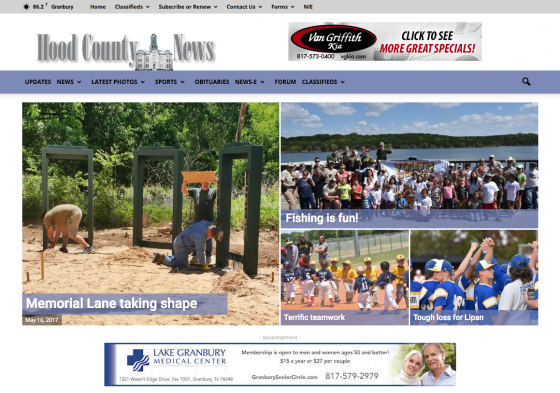
Your stories. Your paper. Your website.
HCNews.com offers readers a variety of reasons to visit the site again and again. With features like daily updates, breaking news, award-wining photography; your advertisement receives quality, reoccurring exposure.
Advertising on HCNews is an economical way to reach online readers. The website offers free news updates, obituaries, photos and photo galleries to non-subscribers and full access to all the content of our print product to paid subscribers.
HCNews.com is the most-read website in Hood County with over 228,600 pageviews a month from over 109,400 visits by 39,200 unique visitors.*
Download our HCNews.com Media Guide.
Your Hood County News marketing consultant can help you develop an online marketing program.
* Google Analytics: Monthly average between May 1, 2016 and April 30, 2017
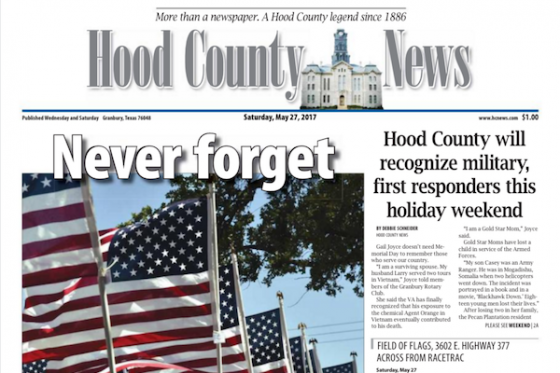
Published Wednesdays and Saturdays, the Hood County News provides award winning news coverage and advertising. A consistent winner in regional, state and national newspaper judging, the newspaper never loses focus on what really matters to Hood County–the readers and members of our community.
The paper is delivered by carriers and mail to over 7,000 subscribers in Hood and surrounding counties.
Advertising opportunities include display advertising, classifieds, inserts and special sections throughout the year.
A complete Media Guide is available.
Ask your marketing consultant for an advertising ROI worksheet to see how economical it is to grow your business with the Hood County News and HCDeals
HCDeals is delivered by mail to over 24,000 non-subscribers in Hood and Somervell counties on Wednesdays. When combined with the Hood County News, advertisers can reach ALL of Hood and Somervell counties with an economical package.
For less than 2 cents per household, a full-color, quarter-page ad will be delivered to over 31,000 households.
Ad layout and design by our award-winning staff is included, making it one of the best values in advertising available.
A Media Guide is available for download.
Ask your marketing consultant for an advertising ROI worksheet to see how economical it is to grow your business with the Hood County News and HCDeals
